Tea rose hardiness, etc.
sara_ann-z6bok
10 years ago
Featured Answer
Sort by:Oldest
Comments (22)
User
10 years agosammy zone 7 Tulsa
10 years agoRelated Professionals
Berkley Landscape Contractors · Fair Oaks Landscape Contractors · Flagstaff Landscape Contractors · Kettering Landscape Contractors · Oak Forest Landscape Contractors · Painesville Landscape Contractors · Royal Oak Landscape Contractors · Snoqualmie Landscape Contractors · Tigard Landscape Contractors · Crowley Landscape Contractors · North Hills Landscape Contractors · Apple Valley Swimming Pool Builders · Los Alamitos Swimming Pool Builders · Destin Siding & Exteriors · San Bernardino Siding & Exteriorssara_ann-z6bok
10 years agobuford
10 years agoUser
10 years agosara_ann-z6bok
10 years agoseil zone 6b MI
10 years agomelissa_thefarm
10 years agosara_ann-z6bok
10 years agomad_gallica (z5 Eastern NY)
10 years agomelissa_thefarm
10 years agomad_gallica (z5 Eastern NY)
10 years agolori_elf z6b MD
10 years agobuford
10 years agojeannie2009
10 years agonippstress - zone 5 Nebraska
10 years agoPoorbutroserich Susan Nashville
10 years agosammy zone 7 Tulsa
10 years agosara_ann-z6bok
10 years agobuford
10 years agonippstress - zone 5 Nebraska
10 years ago
Related Stories
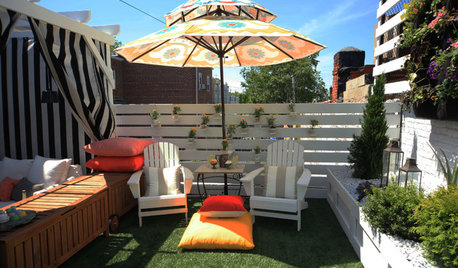
EDIBLE GARDENSTake Refuge in an Iced Tea Garden
Cultivate the fine art of lounging in the shade and sipping a cold beverage
Full Story
WINTER GARDENINGPruning Secrets for Exquisite Roses
Encourage gorgeous blooms year after year with this time-tested advice on how to prune your rosebush in winter for health and shape
Full Story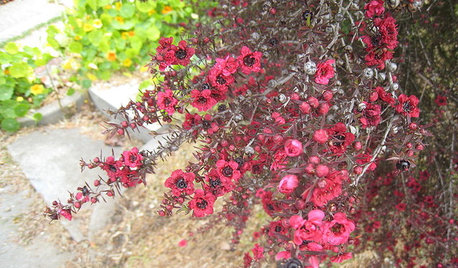
GARDENING GUIDESGreat Design Plant: New Zealand Tea Tree
Balance pretty polish and ruggedness in a temperate garden with this low-maintenance and drought-tolerant flowering shrub
Full Story
GARDENING GUIDESGreat Design Tree: Australian Tea Tree
A living sculpture with an unmistakable appearance, this coastal native creates an intriguing landscape scene
Full Story
GARDENING GUIDESWhat Kind of Roses Should You Grow?
Want to add the beauty of roses to your garden? Find out which ones, from old-fashioned to modern, are right for you
Full Story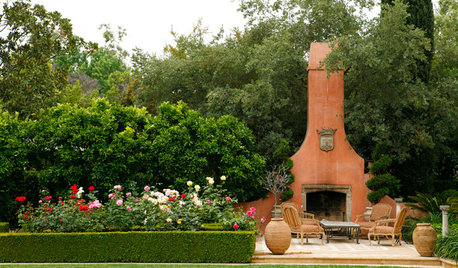
LANDSCAPE DESIGNMake Your Roses Even More Beautiful With These Companion Plants
Nourish your rosebushes and create a visual feast with these 7 classic and unexpected plant pairings
Full Story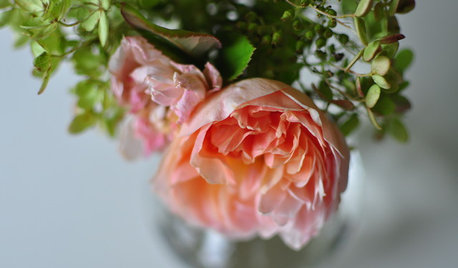
GARDENING GUIDESRoses: Crowning Touch of Gardens
Whether you're the Miss or Mister America of gardening or take a hands-off approach, roses can be a winning addition to your landscape
Full Story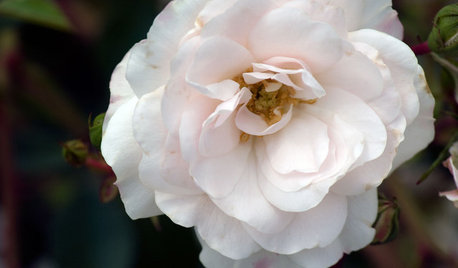
GARDENING GUIDES5 Favorite White Roses for a Purely Beautiful Garden
How does your garden glow? With roses that look like light and smell divine
Full Story
PLANTING IDEASGreat Garden Combo: Rose + Clematis for Small-Space Impact
We all need somebody to lean on. And when a rose supports a climbing vine, the results can totally transform a small garden
Full Story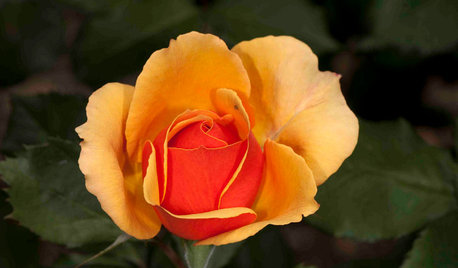
SPRING GARDENING5 Exotic Rose Colors for a Beautifully Different Garden
Give red a rest. Let these daring hues take the spotlight instead for a rose garden that turns heads
Full StoryMore Discussions











pat_bamaz7